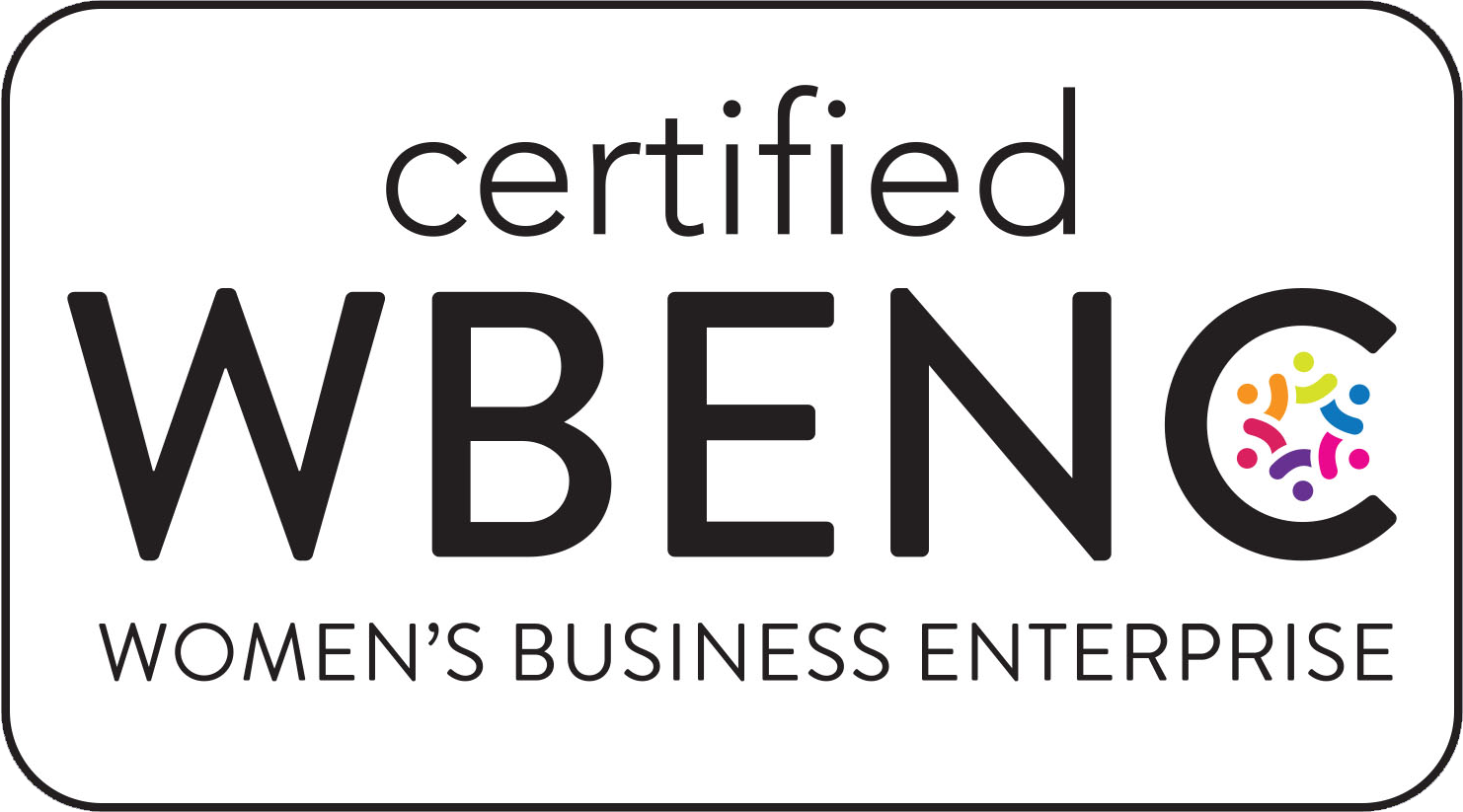ACA Employer Mandated Reporting
Are you aware that every “applicable large employer” (ALE) under the Affordable Care Act (ACA) will be required to file Year End Internal Revenue Service, (IRS) Reports regardless of whether they offer health coverage to their employees? An ALE is an employer who employs an average of at least 50 “full-time employees,” (including full-time equivalent employees, “FTEs”) during the prior calendar year. Small employers that are not ALEs, i.e. less than 50 employees, (including FTEs) will also have to file if they offer employer-sponsored self-funded health coverage.
Determining ALE Status
To determine ALE status in 2015, an employer will combine full-time employees and full-time equivalents. For full-time employees, count the number of employees who worked 130 or more hours each month. To calculate the number of full-time equivalents, combine the total number of hours worked by part time workers for each month and divide by 120. If the grand total averages more than 50 for the previous calendar year, i.e. 2015, then the employer is considered an ALE for ACA purposes. Note that the 120 days do not have to be contiguous.
Keep in mind that controlled group and affiliated service group rules apply when determining ALE status. This means that all members of a controlled group or an affiliated service group are combined for determining whether the group has 50 full-time employees. If the group as a whole meets ALE status, then each employer within the group will be treated as an ALE and will be required to file the Year End IRS Reports. This is designed to prevent owners from organizing businesses in a manner that could help them avoid ACA.
When determining if an employer is an ALE, there is an exception for seasonal workers. An employer is not considered to have more than 50 full time employees (including FTEs) if both of the following apply: (1) the employer’s workforce exceeds 50 full time employees (including FTEs) for less than 120 days during the calendar year, and (2) the employees in excess of 50 employed during the 120 day period are seasonal workers.
Also be sure you have appropriately classified workers as employees and contract workers. The IRS has drafted employer-specific facts and circumstances that can help employers determine when a worker should be treated as an employee. See IRS Publication 15-A, Employer’s Supplemental Tax Guide, on the IRS website for a detailed check points to determine if a worker is a common law employee.
So You’re an ALE – Now What?
You’ve determined your company is an ALE, now what? You need to file Forms 1094 and 1095. The Form 1094 is a transmittal form similar to the W-3 that accompanies the W-2’s filed with the IRS. The Form 1095 is the actual notice each covered employee will receive annually from the employer similar to the W-2 and Forms 1099. Stay tuned for more information regarding the filing requirements for Forms 1094 and 1095.
Contact 5500Tax Group to discuss your particular situation.

